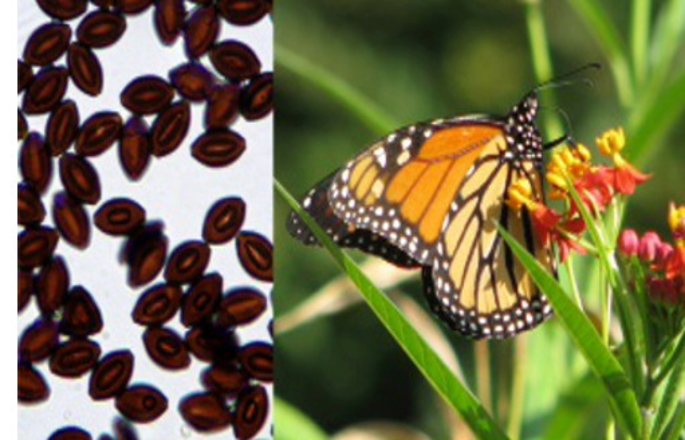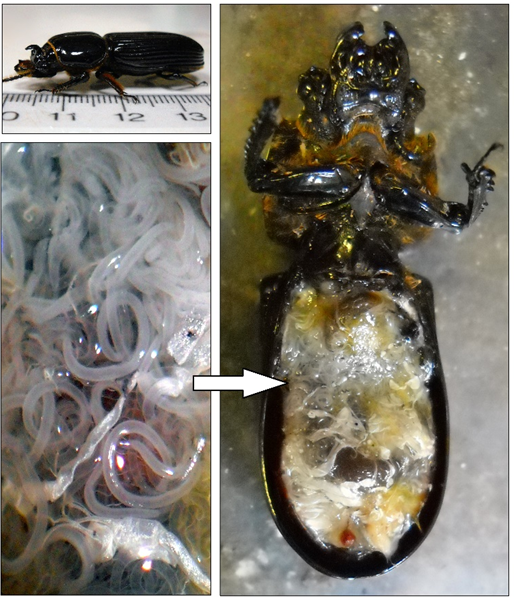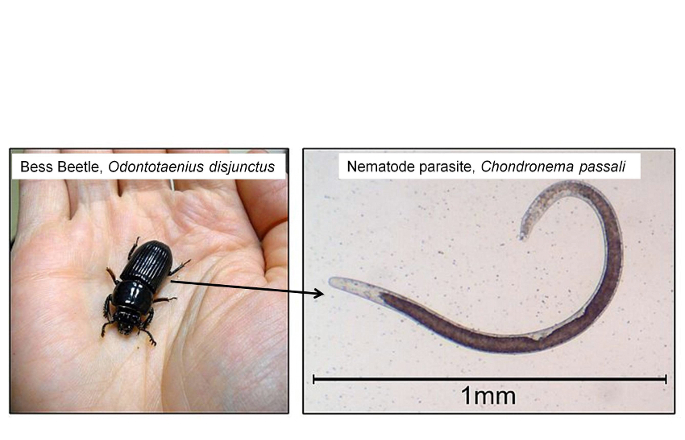Evaluating the transmission mode of a nematode parasite within horned passalus beetles, Odontotaenius disjunctus
Cecilia Pumpelly, a student at University of Georgia, worked with Dr. Andy Davis to evaluate transmission mode of a nematode parasite infecting beetles. Abstract: Within the estimated one million species of nematodes, there are just as many variations in life cycles. While parasitic nematodes rely on their host for primary development, many will exit their host



